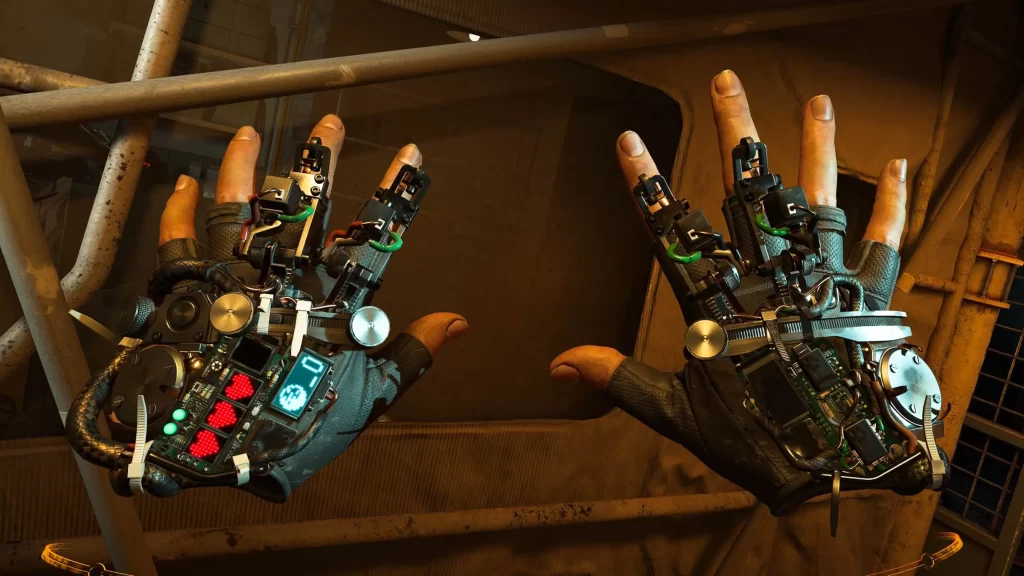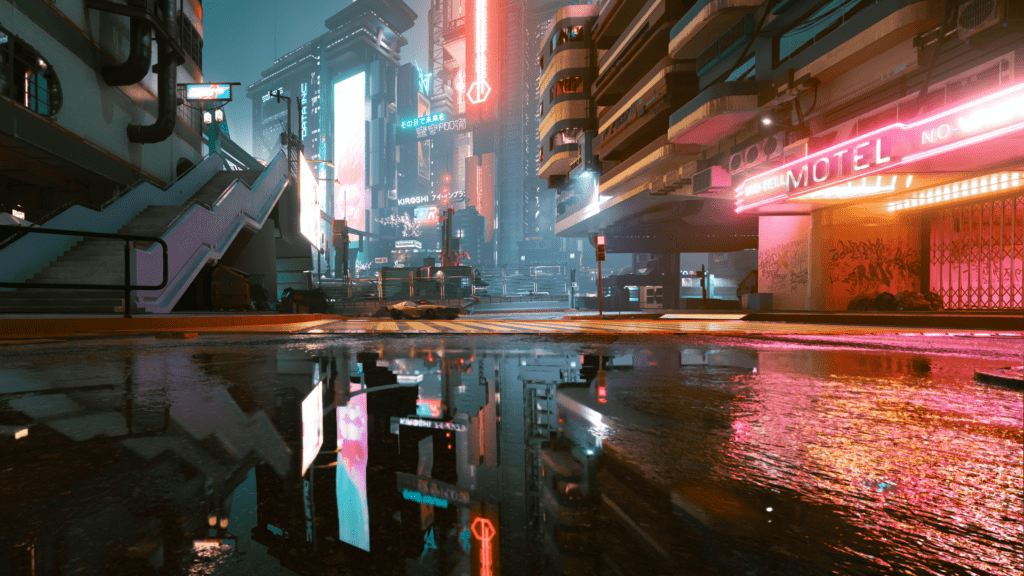3D Games Studio: Elevate Your Project to the Next Dimension
The evolution of 3D game development has transformed the landscape of interactive entertainment, pushing the boundaries of creativity and technology. As the demand for immersive experiences continues to rise, game studios must leverage advanced tools and methodologies to elevate their projects. This article delves into the intricacies of 3D game development, exploring cutting-edge technologies, industry trends, and real-world applications that can help studios achieve unprecedented levels of engagement and realism.
The Technological Backbone of 3D Game Development
At the core of 3D game development lies a complex interplay of technologies that facilitate the creation of visually stunning and interactive environments. Key components include:
1. Game Engines
Game engines serve as the foundation for 3D game development, providing the necessary tools for rendering graphics, simulating physics, and managing game logic. Popular engines such as Unity and Unreal Engine dominate the market, each offering unique features tailored to different types of projects.
Unity, for instance, is renowned for its versatility and user-friendly interface, making it a preferred choice for indie developers. According to a report by Statista (2023), Unity holds a 45% market share among game engines, underscoring its widespread adoption. On the other hand, Unreal Engine is celebrated for its high-fidelity graphics and robust capabilities in creating AAA titles. The engine’s use of the Blueprint visual scripting system allows developers to prototype and iterate rapidly, significantly reducing development time.
2. 3D Modeling and Animation Tools
Creating lifelike characters and environments requires sophisticated modeling and animation tools. Software such as Blender, Autodesk Maya, and 3ds Max are integral to the 3D asset creation pipeline. Blender, an open-source tool, has gained traction due to its comprehensive feature set and active community support. According to a survey by Stack Overflow (2023), Blender is used by 27% of professional game developers, highlighting its growing influence in the industry.
Moreover, the integration of motion capture technology has revolutionized character animation. Studios like Electronic Arts and Ubisoft utilize motion capture to create realistic animations that enhance player immersion. A study by the International Journal of Computer Games Technology (2022) found that games employing motion capture techniques saw a 30% increase in player engagement compared to those relying solely on keyframe animation.
Emerging Trends in 3D Game Development
The 3D gaming landscape is continuously evolving, driven by technological advancements and changing player expectations. Several trends are shaping the future of game development:
1. Virtual Reality (VR) and Augmented Reality (AR)
VR and AR technologies are redefining the gaming experience by immersing players in interactive environments. According to a report by Newzoo (2023), the global VR gaming market is projected to reach $12 billion by 2025, driven by advancements in hardware and software. Games like “Half-Life: Alyx” have set new standards for VR gameplay, showcasing the potential of immersive storytelling and interactivity.

Half-Life: Alyx showcases the potential of immersive storytelling in VR.
AR games, such as “Pokémon GO,” have demonstrated the ability to blend digital content with the real world, creating unique gameplay experiences. The success of these titles highlights the importance of integrating AR capabilities into 3D game projects to attract a broader audience.
2. Procedural Generation
Procedural generation is a technique that uses algorithms to create content dynamically, allowing developers to produce vast and varied game worlds without the need for extensive manual design. Games like “No Man’s Sky” and “Minecraft” have successfully implemented procedural generation, resulting in expansive environments that offer players endless exploration opportunities.
A study published in the Journal of Game Development (2023) found that games utilizing procedural generation can reduce development time by up to 50%, enabling studios to allocate resources more efficiently. This approach not only enhances replayability but also fosters creativity, as players encounter unique experiences with each playthrough.
3. Artificial Intelligence (AI) in Game Design
AI is becoming increasingly integral to 3D game development, enhancing gameplay mechanics and player interactions. Machine learning algorithms can analyze player behavior, allowing developers to create adaptive difficulty levels and personalized experiences. For instance, the AI in “Shadow of the Tomb Raider” adjusts enemy tactics based on player actions, resulting in a more challenging and engaging experience.
Furthermore, AI-driven procedural content generation can create dynamic narratives and quests, ensuring that players remain engaged throughout their journey. A report by the Game Developers Conference (GDC) (2023) indicated that 65% of developers are exploring AI applications in their projects, reflecting the technology’s growing importance in the industry.
Real-World Applications and Case Studies
To illustrate the impact of these technologies and trends, let’s examine a few notable case studies:
1. Epic Games and Fortnite
Epic Games’ “Fortnite” exemplifies the successful integration of 3D game development technologies. Utilizing Unreal Engine, the game features a vibrant, stylized art style that appeals to a broad audience. The implementation of regular content updates and live events keeps the player base engaged, with over 350 million registered users as of 2023 (Epic Games). The game’s success can be attributed to its innovative use of cross-platform play, allowing players to connect regardless of their device.
2. CD Projekt Red and Cyberpunk 2077
Despite its rocky launch, CD Projekt Red’s “Cyberpunk 2077” showcases the potential of high-fidelity graphics and immersive storytelling in 3D games. The game employs advanced rendering techniques, including ray tracing, to create realistic lighting and reflections. According to a report by Digital Foundry (2023), the implementation of ray tracing resulted in a 50% increase in graphical fidelity compared to traditional rendering methods. This case highlights the importance of investing in cutting-edge technologies to deliver visually stunning experiences.

Ray tracing technology makes graphics more realistic and immersive.
Key Considerations for Game Studios
As game studios embark on their 3D development journeys, several key considerations can help ensure success:
1. Embrace Collaboration
Collaboration among team members is crucial in 3D game development. Utilizing project management tools like Trello or Asana can streamline communication and task allocation, ensuring that all team members are aligned with project goals.
2. Prioritize User Experience
Understanding player preferences and behaviors is essential for creating engaging experiences. Conducting user testing and gathering feedback throughout the development process can help studios refine their designs and enhance player satisfaction.
3. Stay Informed on Industry Trends
The gaming industry is constantly evolving, making it imperative for studios to stay informed about emerging technologies and trends. Attending conferences, participating in online forums, and engaging with industry publications can provide valuable insights that inform development strategies.
Conclusion
In conclusion, the realm of 3D game development offers immense potential for studios willing to embrace innovation and leverage advanced technologies. By understanding the intricacies of game engines, modeling tools, and emerging trends such as VR, AR, procedural generation, and AI, developers can create immersive experiences that captivate players. Real-world examples from industry leaders like Epic Games and CD Projekt Red illustrate the transformative power of these technologies. As the gaming landscape continues to evolve, studios must prioritize collaboration, user experience, and ongoing education to elevate their projects to the next dimension.

